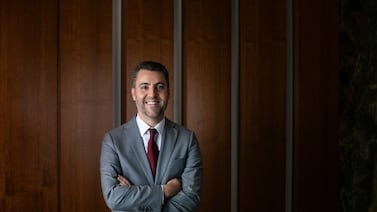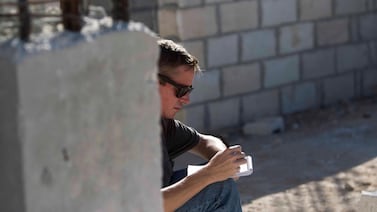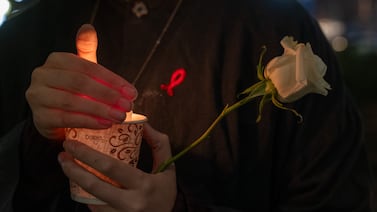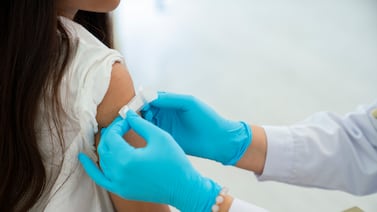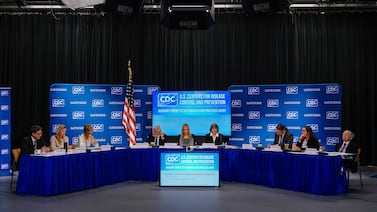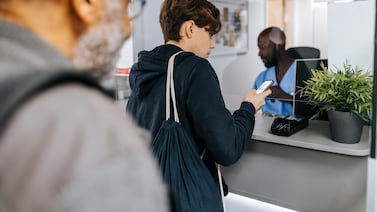Public health, explained: Sign up to receive Healthbeat’s free New York City newsletter here.
New York City’s highly anticipated mayoral primary election collided on Tuesday with the first heat wave of the summer.
In the Flatlands neighborhood of Brooklyn, temperatures that climbed into the 90s hadn’t deterred Stephanie Ferdinand, 64, from casting her ballot. A supporter of Andrew Cuomo, the former Democratic governor, Ferdinand said she wanted to see the next mayor defend the city against federal incursions, including cuts to public health insurance programs.
“We have to vote, no matter how hot it is,” she said.
An extreme heat warning was in effect for New York City through Tuesday evening, with dangerously hot conditions and heat index values expected to reach up to 106°F. The combination of extreme heat and humidity would significantly increase the risk of heat-related illnesses, the National Weather Service said. High temperatures were expected to continue through Wednesday.
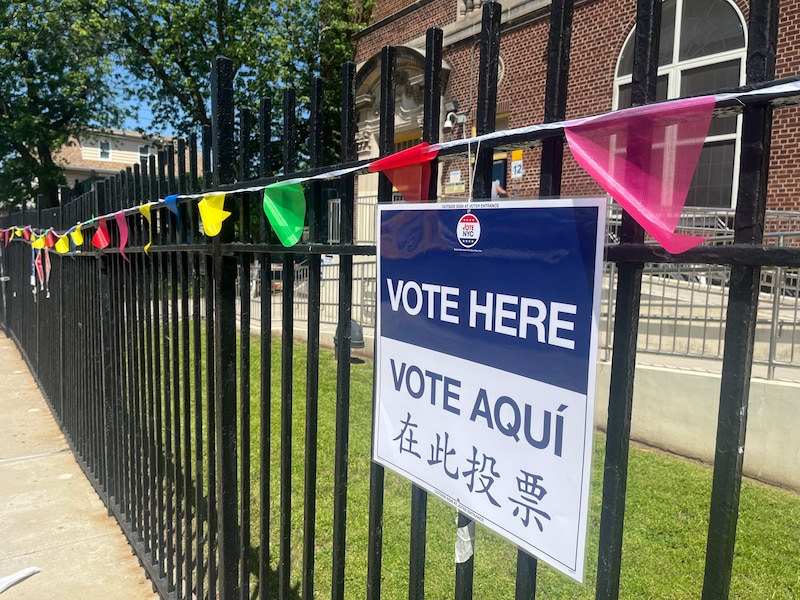
Elected officials, including Gov. Kathy Hochul, urged residents to take precautions while voting, including by limiting time outdoors, hydrating, and seeking out cool spaces.
As New York’s summers get hotter, extreme heat is an increasingly pressing public health threat. People 65 years old or older, those with asthma or heart disease, outdoor workers, and people without access to cool shelter are particularly vulnerable to the impacts of extreme heat.
In New York City, an estimated 580 people, on average, die prematurely each summer due to hot weather, typically when heat aggravates underlying illness, according to city data. Visits to the emergency department for heat-related illnesses increased over the weekend and spiked early this week as temperatures climbed, according to city data.
In Flatbush, Emma Eriksson, 35, turned out in the hot weather to rank Zohran Mamdani, a New York state assemblyman and Queens Democrat, first on her ballot. She’d taken precautions against the heat, voting in the morning before the temperature spiked and planning to stay hydrated and replenish salts throughout the day.
“Heat sickness is real — it’s so brutal,” she said.
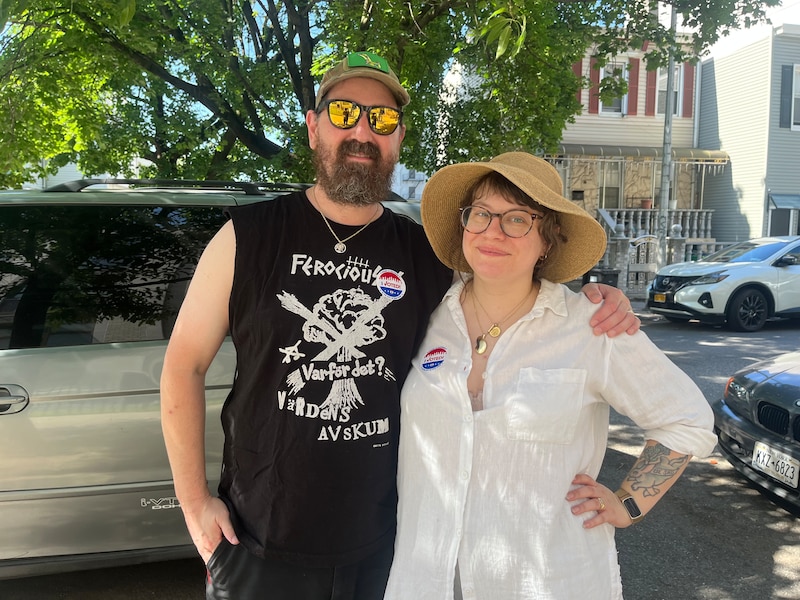
In East Flatbush, poll workers at St. Augustine’s Episcopal Church cooled themselves with fans that read “Vote NYC.” The neighborhood is among those in New York City most vulnerable to heat mortality, as determined by the city’s heat vulnerability index. The index identifies areas where residents are at the highest risk of dying during and immediately following extreme heat, based on factors like daytime summer surface temperature, access to air conditioning, the availability of green space, and median income.
For Virginia Pierre, 79, the heat hadn’t stopped her from getting to the polls. Pierre had ranked Cuomo first and said she wanted to see more support for seniors and for New Yorkers who rely on food pantries.
“I didn’t want to come out, that’s the truth,” she said, leaning on her cane.
“But I want to vote,” she added. “We need help.”
With her civic duty fulfilled, Pierre said she planned to get her nails done for her granddaughter’s high school graduation — and then retreat into the air conditioning at home.
“I’m not coming out,” she said.
In another heat vulnerable area, the Arverne neighborhood of The Rockaways, in Queens, Carlene Hamilton, 70, left the polls feeling hopeful.
Hamilton said she wanted to see a change for the city, and had been energized by Mamdani’s youthful, progressive campaign. But she was concerned that the heat wave would deter voters, particularly those among her area’s elderly population.
While Hamilton has air conditioning at home, she said she doesn’t use it much. After voting, she planned to go to the boardwalk, to walk along the water.
“We’re fortunate to have a breeze out here,” she said.
Eliza Fawcett is a reporter covering public health in New York City for Healthbeat. Contact Eliza at efawcett@healthbeat.org.


